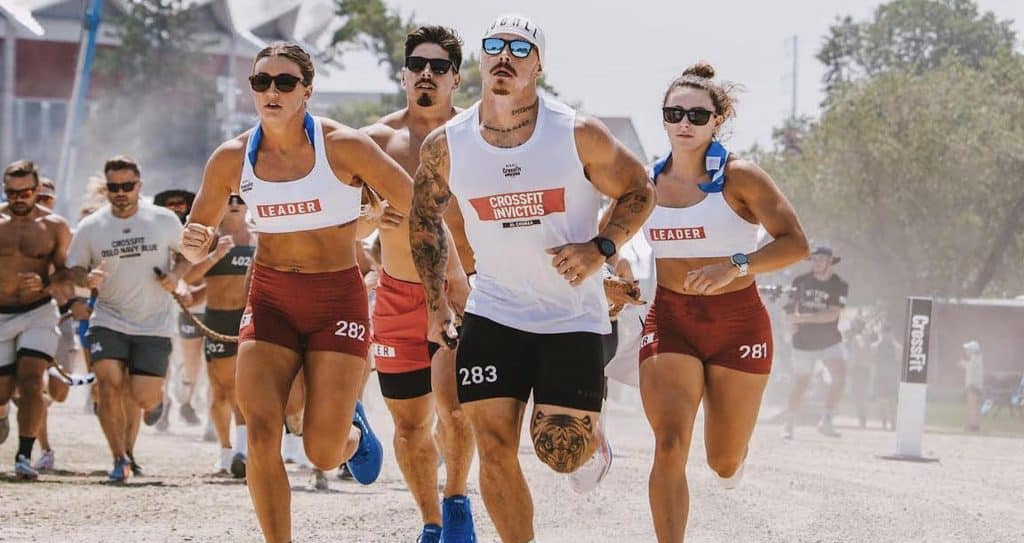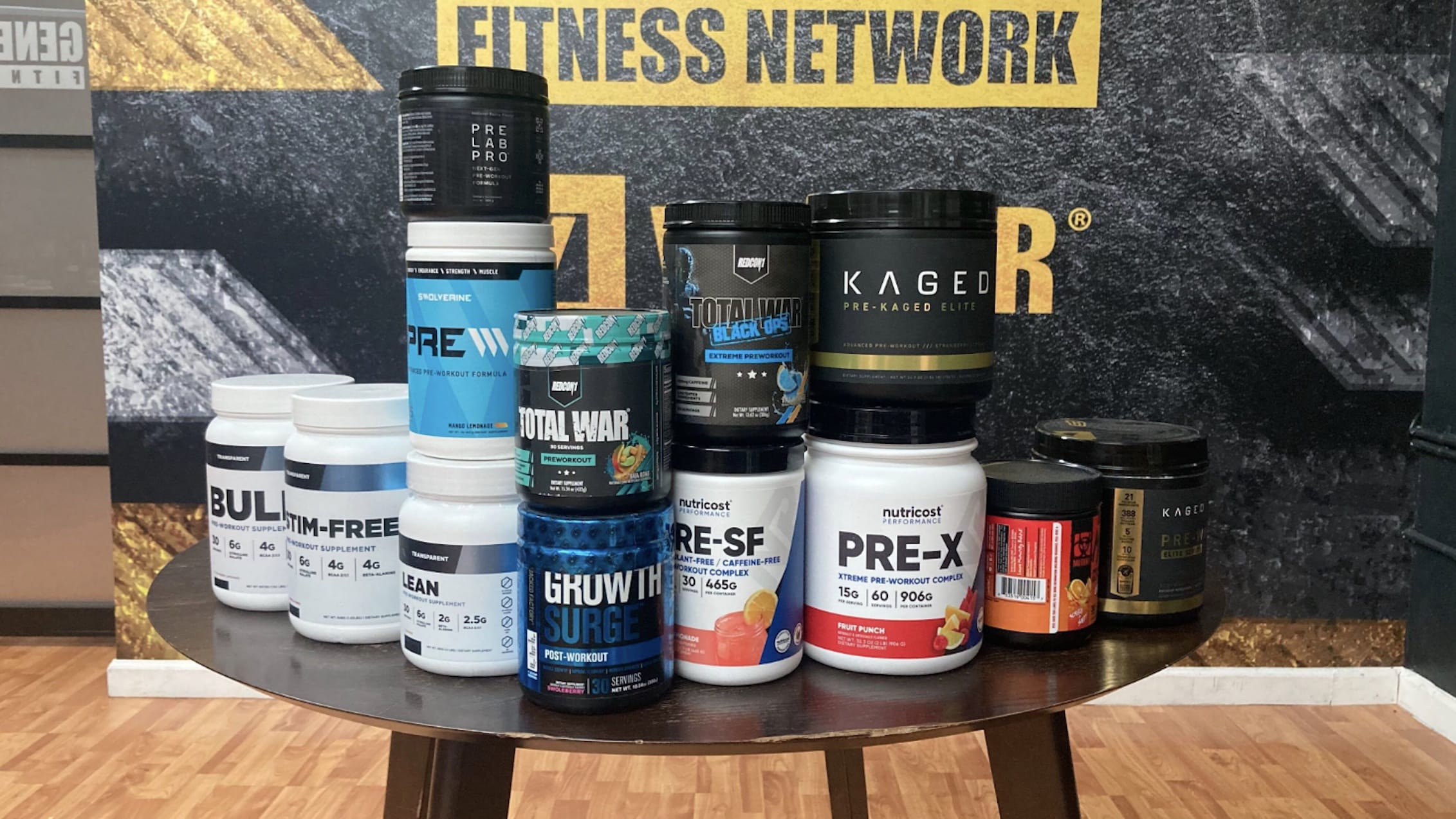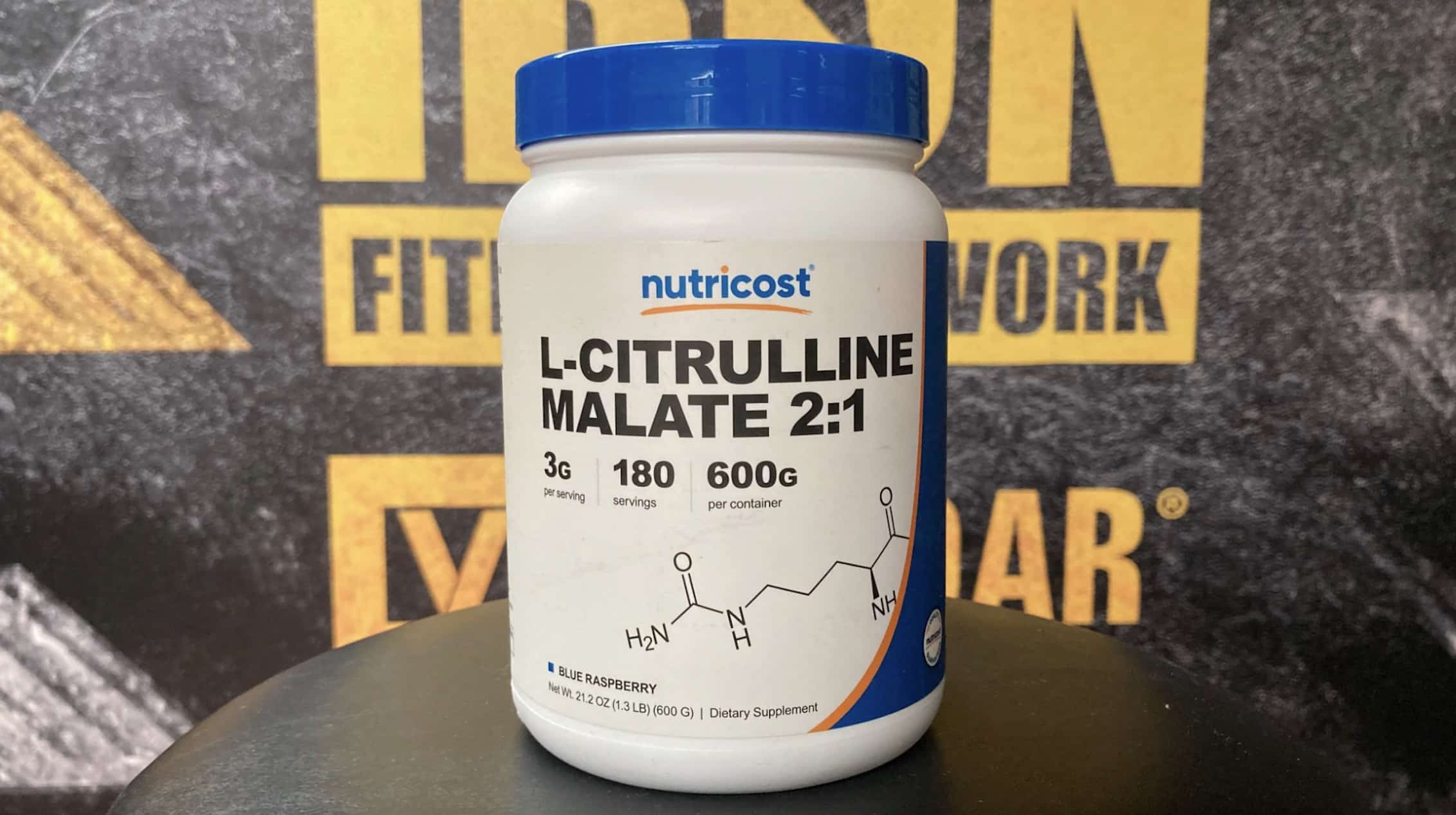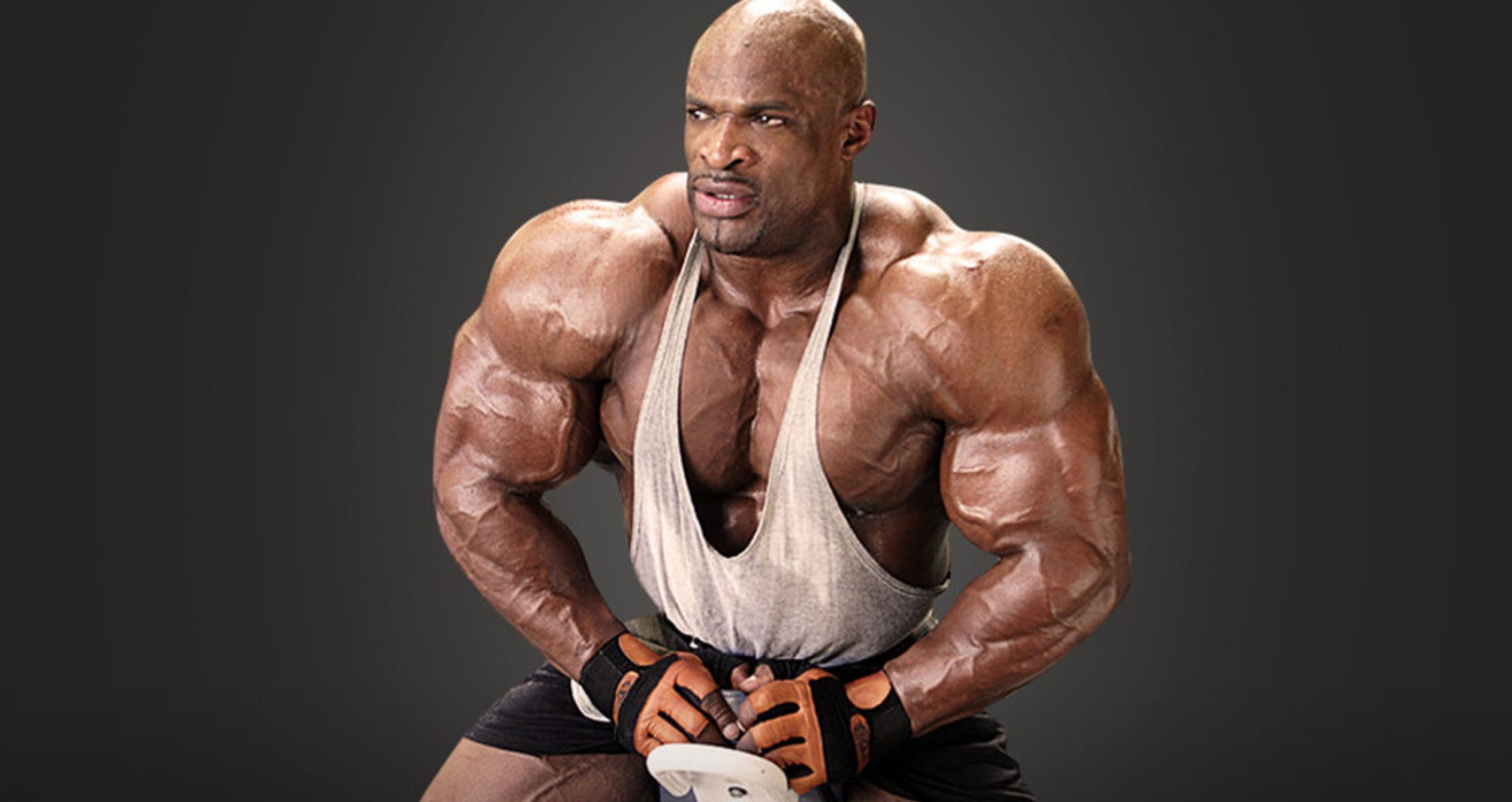Hybrid training involves being as strong as possible while having the best endurance possible.
Have you heard Chris Bumstead talk about becoming a hybrid athlete? After dominating the Classic Physique category at the Olympia for six consecutive wins, he announced his retirement from the sport in 2024. He expressed interest in transitioning to a hybrid athlete lifestyle.
A hybrid athlete trains across multiple disciplines to boost endurance and strength, combining different training methods to enhance overall performance and skill development. Notable hybrid athletes include Fergus Crawley, Kristi Eramo O’Connell, Dylan Scott, and Ross Edgley, all of whom showcase the versatility and benefits of this training approach.
In this article, we explore the concept of hybrid training, highlight renowned hybrid athletes, and provide a sample training plan designed to maximize strength, endurance, and muscle growth.
What Is a Hybrid Athlete?

A hybrid athlete actively competes in more than one sport. This can be challenging but also highly rewarding. Training to be a hybrid athlete means working on your endurance and strength gains simultaneously to improve your performance.
For instance, a marathon or ultramarathon runner might avoid heavy bench presses, while a bodybuilder might outrightly disregard intense cardio sessions. However, a hybrid athlete blends these two different routines and training styles to improve at both.
Did you know that athletes who stick to one form of training can risk relatively slow development and increase the risk of injuries because of overuse in that training pattern? This is why hybrid athletes are often called the ultimate athletes: they’re masters of different training styles. Their way of training also helps improve their strength and endurance.
However, on the other side, not dedicating yourself to one type of training can affect your ability to achieve all you can in your chosen sport. If you decide to toe that path, a well-designed hybrid training program is necessary. It’ll combine endurance and strength to excel in your field and improve your fitness, body, and health.
Hybrid Training Plan
If you’re looking to draw out a weekly training plan for a hybrid athlete, it’s essential to consider some factors, which include:
- Type of Training
- Rest & Recovery
Type of Training
The type of training is a very important factor to consider when starting your hybrid training.
Strength Training
Strength training is essential for building muscle mass and overall strength. Effective strength training exercises include squats, deadlifts, bench presses, or pressing movements. For hybrid training, ensure that these strength training types are compound movements so they can hit multiple muscle groups at a time. You can also include accessory movements to help strengthen specific muscle groups and address weak areas.
Endurance Training
Another type of training to consider is one to build endurance. This involves intense cardio/aerobic training that gets your heart racing and pumps blood to different body parts. It also builds your speed and ability to go longer hours than usual.
Some endurance activities to try include cycling, running, and swimming. If you’re worried about this training affecting your physique, you shouldn’t be. A study shows that cardio exercises can support muscle growth while improving your fitness, overall health, and well-being (1).
Mobility & Flexibility Movements
You can’t avoid flexibility and mobility movements in your hybrid training. These movements help improve your exercise performance and reduce the risk of injury exposure. Doing things like warm-ups and stretches makes your exercise easier to implement. You can do these flexibility and mobility movements before, in between sets, and after your major exercises.
Rest & Recovery
Rest and recovery are essential parts of a hybrid athlete’s training. After going through a grueling week of workouts, it’s important for the muscles to relax and recover. This is where muscle growth happens. Resting and recovery with a proper diet is an effective recipe for muscle and strength gains. It also lowers the risk of injuries and helps reduce muscle damage and soreness because of intense workouts.
Depending on your preference, you can use either an active recovery type, a passive recovery type, or a combination of both. The important thing to note is to get the rest in to help with muscle growth and recovery.
Active recovery involves light physical activities like swimming, walking, and cycling to increase blood flow. Passive recovery is more of minimal movements without any physical exertion.
Training Routine
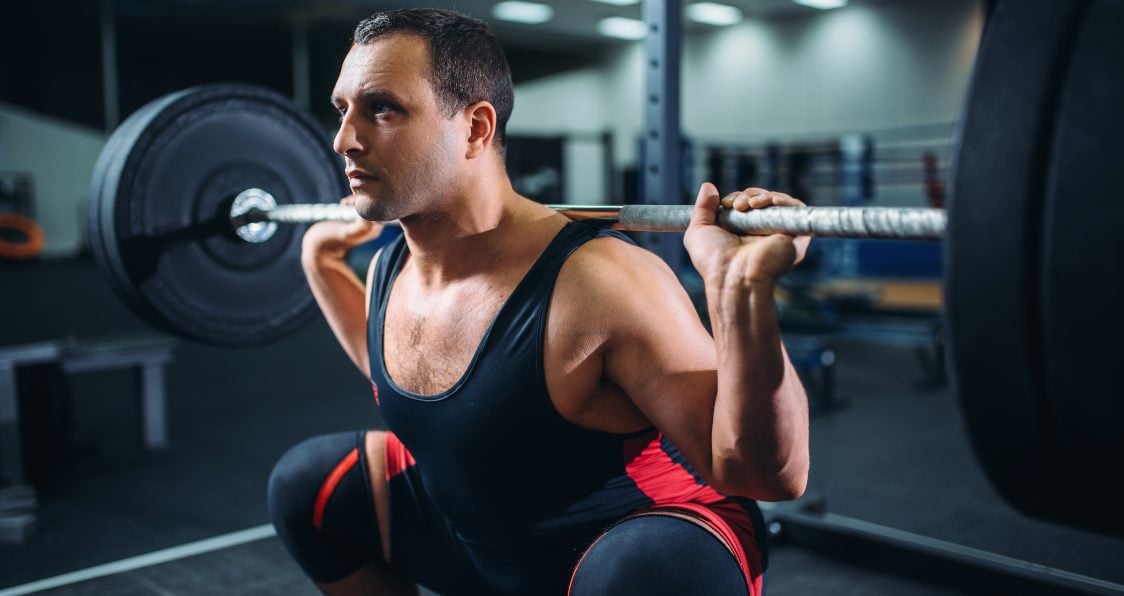
A typical hybrid training plan focuses on strength, endurance, or both. Remember, it’s not about focusing on one sport; it’s being effective in multiple training disciplines. Here are some ways you can train as a hybrid athlete.
For Strength
If you want to build strength, using a well-structured workout plan is essential. However, training as a hybrid athlete differs from training as a bodybuilder. It’s not about building massive muscle but improving your strength and building lean muscle to help your endurance and prevent injuries.
An ideal approach is using a training split that hits multiple muscles simultaneously. Hybrid athletes typically use the push/pull/leg split and upper-lower body training split. You can use these training splits to meet your hybrid training goals. However, do two to three sets of three to five reps each to maximize strength gains. To build muscle, perform two to three sets of eight to twelve reps (2).
For Endurance
Focusing on intense cardio exercises can help build your endurance. Activities like running, cycling, and swimming are good cardio exercises. However, as a hybrid athlete, there’s a different approach to these kinds of cardio exercises.
Long Runs
One is running long distances. When looking to improve your endurance, you would run much further than you ordinarily would, always looking to set a faster time over a longer distance.
High-Intensity Interval Training (HIIT)
High-intensity interval training (HIIT) involves alternating between exercises, using short bursts of high-intensity running and light jogs to recover from a training circuit. To improve your cardio, repeat this for at least ten circuits.
You can also use this same approach for other cardio exercises like cycling and swimming. The goal is to improve cardiovascular fitness and travel longer distances than usual.
Here’s a weekly sample training routine for building strength and endurance.
Day 1 — Sprints (Endurance)
| Exercises | Sets | Reps |
| High-Intensity Interval Runs | 8-10 | 30 seconds runs & 1 minute light jogs |
Day 2 — Upper Body Workouts (Strength)
| Exercises | Sets | Reps |
| Bench Presses | 3 | 3-5 |
| Overhead Presses | 3 | 5-8 |
| Dumbbell Rows | 3 | 8-12 |
| Biceps Curls | 3 | 8-12 |
| Triceps Extensions | 3 | 8-12 |
Day 3 — Sprints (Endurance)
| Exercises | Sets | Reps |
| Long Runs | 1 | 45-60 minutes |
Day 4 — Lower Body Workouts (Strength)
| Exercises | Sets | Reps |
| Deadlifts | 1 | 3-5 |
| Barbell Squats | 3 | 3-5 |
| Leg Presses | 3 | 5-8 |
| Planks | 3 | 45-60 seconds |
| Glute Bridges | 3 | 10-12 |
Day 5 — Rest & Recovery
Day 6 — Sprints (Endurance)
| Exercises | Sets | Reps |
| Cycling | 1 | 45-60 minutes |
Day 7 — Rest & Recovery
Follow Generation Iron on Instagram, Facebook, and Twitter for more workout plans!
References
- Konopka, A. R., & Harber, M. P. (2014). Skeletal muscle hypertrophy after aerobic exercise training. Exercise and sport sciences reviews, 42(2), 53–61. https://doi.org/10.1249/JES.0000000000000007
- Krzysztofik, M., Wilk, M., Wojdała, G., & Gołaś, A. (2019). Maximizing Muscle Hypertrophy: A Systematic Review of Advanced Resistance Training Techniques and Methods. International journal of environmental research and public health, 16(24), 4897. https://doi.org/10.3390/ijerph16244897
